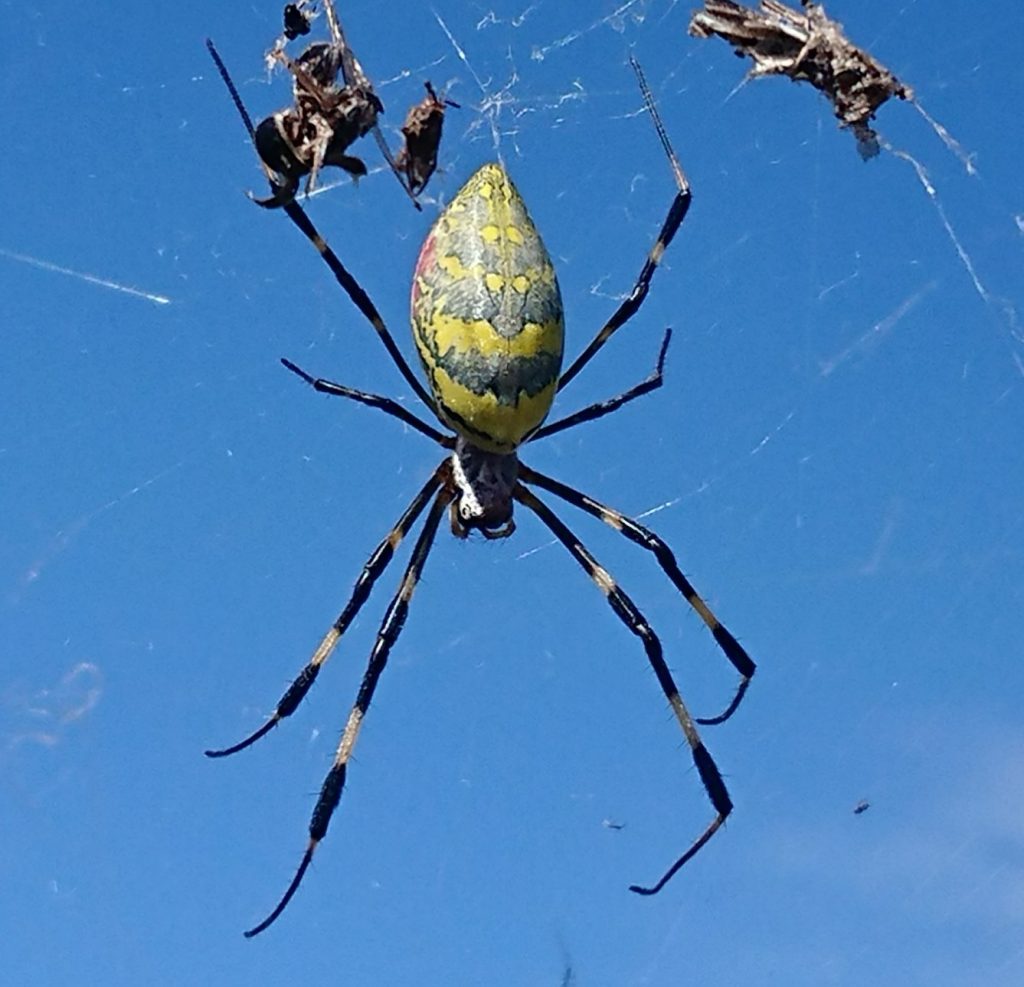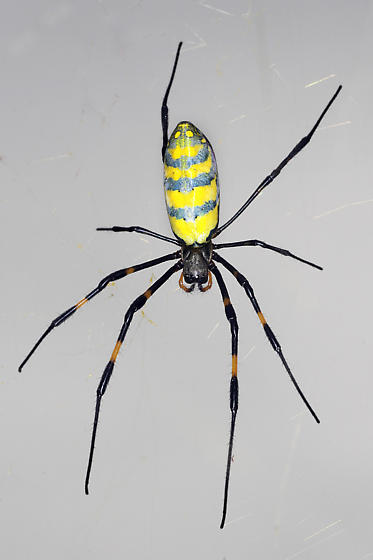Is a Trichonephila Clavata Poisonous? Can Joro Spiders Hurt You?

The vividly colored Joro Spider, scientifically known as Trichonephila Clavata, has been causing quite the stir in the United States due to its recent invasion. The question on everyone’s mind is, “Is a Trichonephila Clavata poisonous and can Joro spiders hurt you?” Let’s explore the answers to these questions and more in this comprehensive guide.
Trichonephila Clavata: An Introduction
Primarily native to Asia, specifically Japan, the Joro spider, or Trichonephila Clavata, has recently found its way to the United States, likely through international shipping containers. Its vibrant colors and large size make it stand out, leading to an increased interest and concern about this new arrival.

Are Joro Spiders Venomous?
Joro spiders, like all spiders, are venomous. However, the venom of a Joro spider is not potent enough to cause significant harm to humans. The primary function of their venom is to immobilize and digest their prey, which consists of small insects.
Can Joro Spiders Hurt You?
Although Joro spiders have venom, they are not typically dangerous to humans or pets. Joro spiders are generally timid creatures and are not likely to bite unless cornered. Even then, their fangs are not designed to penetrate human skin.
Physical Characteristics of Joro Spiders
Female Joro spiders are significantly larger than males. They measure between 1 to 1.5 inches in body length, excluding their legs. They are predominantly yellow with bold black markings. Their abdomen displays intricate yellow and black patterns, often resembling an hourglass shape.
Male Joro spiders, on the other hand, are much smaller, typically ranging from 1/3 to 1/2 the size of females. They are generally brownish in color, lacking the vibrant yellow and black patterns found in females.
Where Are Joro Spiders Found?
Joro spiders are typically found in specific types of habitats within their native range in Japan and nearby regions. They are commonly found in deciduous and mixed forests where a variety of tree species are present. They often build their orb-shaped webs among trees and shrubs in these wooded areas.

Recently, Joro spiders have been spotted in the United States, primarily in the southeastern states. The spiders have been found in Georgia, South Carolina, North Carolina, and Tennessee, with some reports also coming from Alabama, Maryland, Oklahoma, and West Virginia.
Life Cycle of Joro Spiders
The life cycle of a Joro spider begins with the female laying her eggs. She constructs a silk egg sac where she deposits her eggs and guards them until they hatch. The spiderlings then grow, shedding their exoskeletons as they increase in size. Once sexually mature, the male Joro spiders seek out females for mating.

Joro Spiders’ Diet
Joro spiders are carnivorous creatures that feed primarily on flying insects. Their diet consists of a variety of insects that they capture in their large, intricate orb-shaped webs. These include moths, butterflies, beetles, flies, wasps, ants, and occasionally, other spider species.
Are Joro Spiders Dangerous to the Ecosystem?
As an invasive species, Joro spiders may pose a threat to native ecosystems by outcompeting native species for resources. However, the exact impact of Joro spiders on their new environments is not yet fully understood. More research is needed to determine the ecological implications of their invasion.

Are Joro Spiders a Cause for Concern?
Despite their large size and vibrant coloration, Joro spiders are not a cause for major concern. Their venom is not potent enough to be harmful to humans, and they are generally not aggressive. However, given their status as an invasive species, it’s essential to monitor their spread and potential impacts on local ecosystems.
In conclusion, while the Joro spider, or Trichonephila Clavata, is indeed venomous, it is not typically harmful to humans or pets. Their bite is not potent enough to cause significant harm, and they are generally not aggressive creatures. While their recent invasion into the United States warrants monitoring and research, they are not a cause for major concern.
